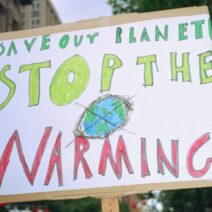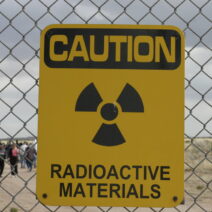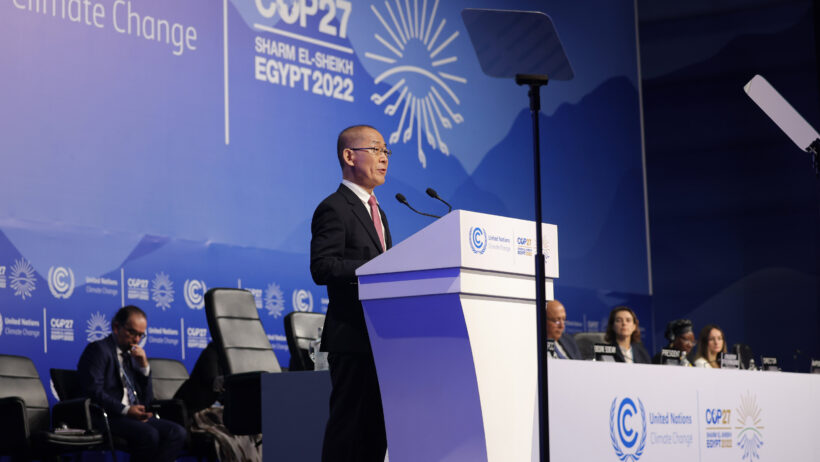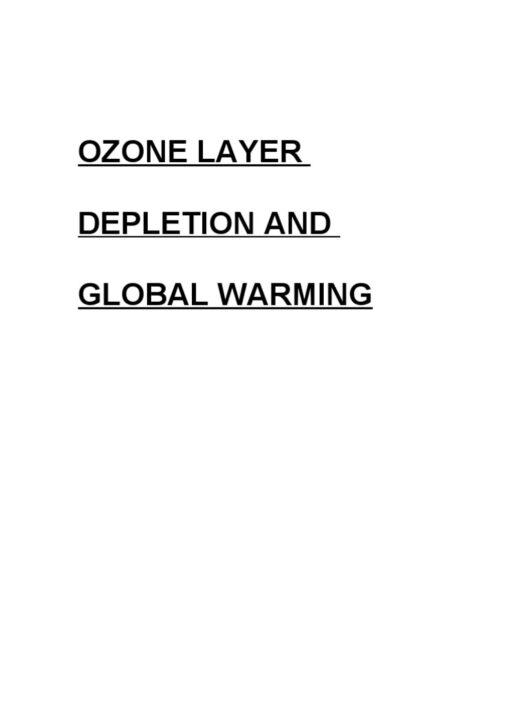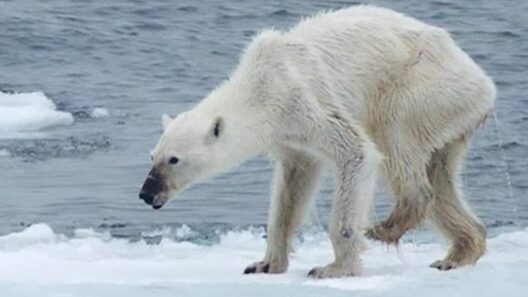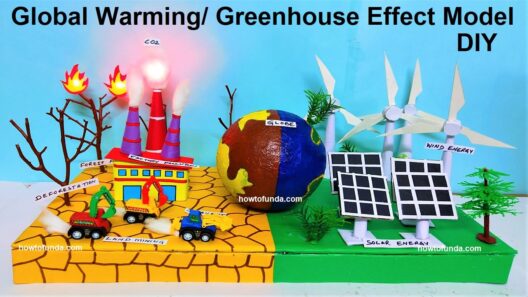Global warming is often perceived through the lens of melting ice caps and distressing polar bears. While these iconic images convincingly illustrate the plight of our planet, the narrative of climate change extends far beyond the frosty fringes of the Earth. It encompasses a tapestry of interconnected ecosystems, economic systems, and human livelihoods. So, let’s ask ourselves: What if the melting ice is actually just the tip of the proverbial iceberg?
The planet is warming at an unprecedented rate, and the implications of this warming are multifaceted, affecting everything from agriculture to public health. The core of this issue lies in the relentless increase of greenhouse gas emissions, primarily due to human activities. The combustion of fossil fuels, deforestation, and industrial processes contribute significantly to this escalation. A playful challenge to ponder: How might our daily choices ripple through the climate system, impacting everything from our local flora to global food security?
To tackle global warming effectively, one must first comprehend its pervasive effects. The rising global temperatures trigger a cascade of environmental consequences. For instance, as temperatures increase, we observe altered precipitation patterns. Some regions experience droughts, while others are besieged by flooding. These changes jeopardize agricultural productivity, leading to unexpected food shortages. How will societies adapt to these shifting agricultural zones? Already, farmers are experimenting with drought-resistant crops, yet the challenge looms larger than individual innovations.
Moreover, consider the impact of global warming on biodiversity. Ecosystems are delicate networks of interdependent organisms, and an abrupt shift in climate can lead to the extinction of numerous species. The phenomenon of habitat loss due to rising temperatures presents an existential threat to biodiversity. Imagine a world without the vibrant colors of coral reefs or the harmonious sounds of diverse bird populations. What happens if we fail to preserve these ecological wonders? The repercussions extend far beyond mere aesthetic loss; they affect global ecosystems and human survival. Biodiversity contributes to ecosystem services, which include pollination, carbon storage, and even the purification of our air and water.
Additionally, the ramifications of climate change infiltrate public health as well. In warmer climates, we see an uptick in heat-related illnesses. Predicted increases in vector-borne diseases, such as malaria and dengue fever, pose serious health risks in previously unaffected regions. The interplay between warming temperatures and public health constitutes a silent yet insidious challenge. As we contemplate our role in this intricate web, we must ask ourselves: Are we prepared to confront these imminent health crises?
Economically, the implications of global warming are equally dire. Extreme weather events fueled by climate change lead to substantial economic losses. Natural disasters cost governments extensively, diverting funds from vital social services. Small businesses and low-income communities often bear the brunt of these disasters, illustrating the deeply inequitable nature of climate change. What policy measures can be implemented to shield these vulnerable communities from the ravages of climate change while fostering economic resilience?
The efficient use of resources emerges as a potential solution. The pursuit of sustainable practices can mitigate many repercussions of climate change. For instance, transitioning to renewable energy sources, such as solar and wind, significantly reduces greenhouse gas emissions. Designing energy-efficient buildings also contributes to a reduced carbon footprint. The concept of a circular economy—where waste is minimized, and materials are reused—offers a tantalizing proposition. How can individuals and businesses spearhead this transition towards sustainability? Every action, no matter how small, has the potential to create far-reaching consequences.
While the effects of climate change are daunting, cultivating a mindset of environmental stewardship can ignite collective action. Education plays a pivotal role in this transformation. By informing communities about the interconnectedness of climate change and everyday choices, individuals become empowered agents of change. Community-led initiatives that promote sustainable practices not only disseminate knowledge but foster resilience against the impacts of global warming. How can we inspire a renaissance in climate-conscious behavior amongst our peers?
International collaboration remains essential in addressing climate change. Nations must unite to develop comprehensive climate policies that transcend borders. Agreements, such as the Paris Agreement, emphasize the importance of collective commitment to reduce global warming. However, far more must be done. What steps can we take to ensure these commitments translate into tangible actions? The urgency is palpable, and the world is watching. Each country’s progress will set a precedent, influencing others to follow suit.
As humanity stands on the precipice of climate catastrophe, acknowledging that global warming is about “everything” rather than just ice is imperative. It begs a recalibration of perspectives—understanding that our choices reverberate through every tier of existence. From local ecosystems to the global economy, climate change infiltrates our lives in profound ways. Thus, the challenge remains: Are we willing to confront the daunting adversities posed by global warming? Are we ready to embrace our role as stewards of this planet? The answers to these questions will steer the course of our collective future.
In conclusion, global warming necessitates an expansive view that transcends the conventional focus on ice. It encapsulates the myriad elements of life on Earth. As we face the reality of climate change, we must foster dialogue, inspire proactive measures, and embrace sustainable practices. Only then can we hope to navigate the tumultuous waters of climate change in a manner that protects our planet for generations to come.
